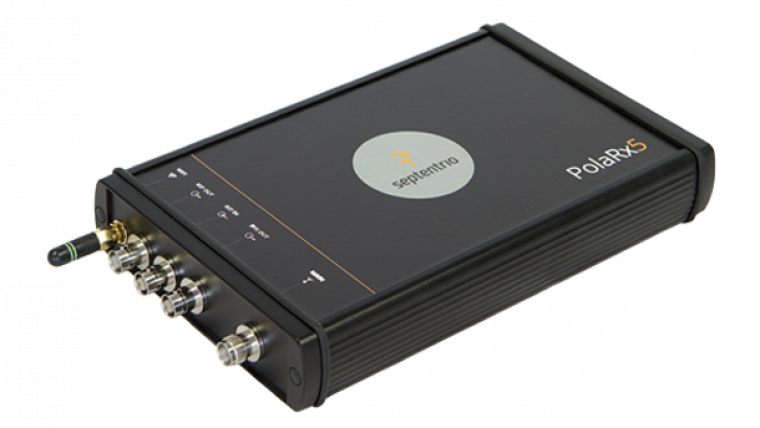U.S. Geological Survey Receives New GNSS Reference Receivers for Volcano Monitoring
Septentrio has completed the delivery of PolaRx5 multi-constellation GNSS reference receivers and antenna systems to the U.S. Geological Survey (USGS). The monitoring systems will be deployed through the Volcano Hazards Program (VHP) for volcano monitoring stations in Alaska and at various international locations through the Volcano Disaster Assistance Program (VDAP), a cooperative effort between the USGS and the U.S. Agency for International Development's Office of U.S. Foreign Disaster Assistance.
The PolaRx5 receivers take full advantage of the new 5.1.0 firmware which includes support for on-board PPP and dynamic response tuned for seismic applications. The PolaRx5 tracks all visible signals from Galileo, GPS, GLONASS, BeiDou, IRNSS and QZSS constellations. It provides industry-leading measurement quality and robust interference mitigation thanks to Septentrio’s patented AIM+ technology. The PolaRx5 supports these advanced features and more with a power consumption that is scalable from less than 2.0 watts.
USGS and their partners will be among the first to exploit the PolaRx5’s seismic monitoring features, said Neil Vancans, vice president of Septentrio Americas. The PolaRx5 is Septentrio’s most complete GNSS receiver to date and provides the ideal upgrade for modernising any continuously-operating reference station (CORS) network.

Value staying current with geomatics?
Stay on the map with our expertly curated newsletters.
We provide educational insights, industry updates, and inspiring stories to help you learn, grow, and reach your full potential in your field. Don't miss out - subscribe today and ensure you're always informed, educated, and inspired.
Choose your newsletter(s)












